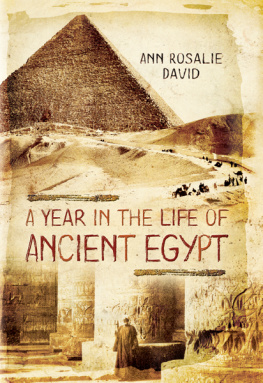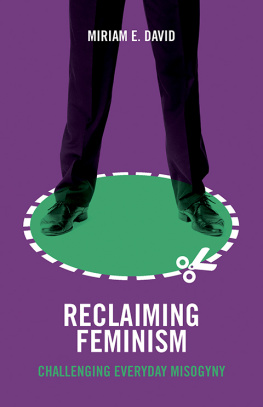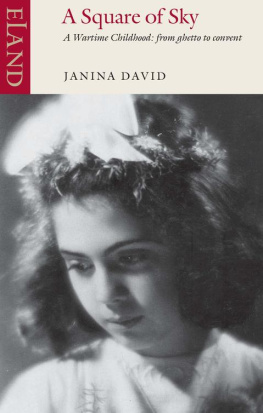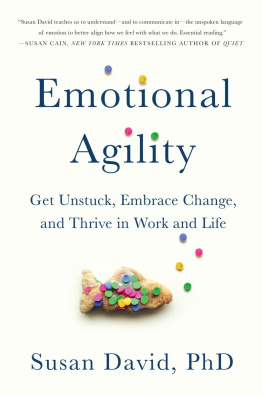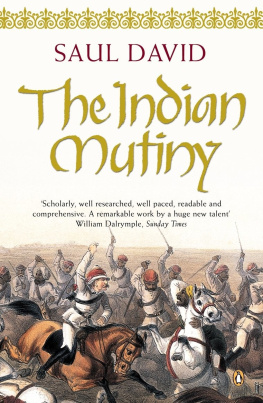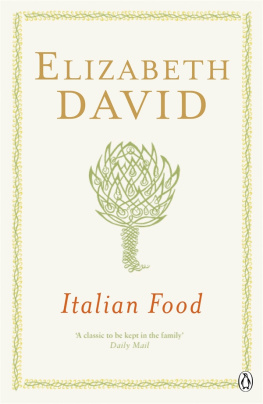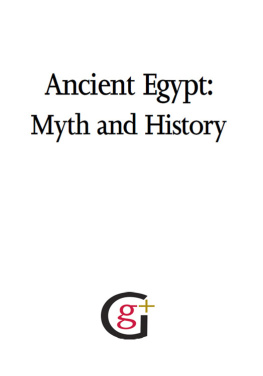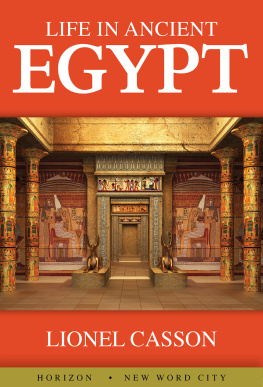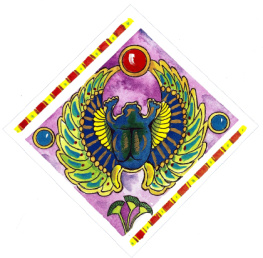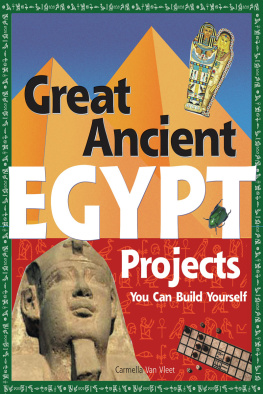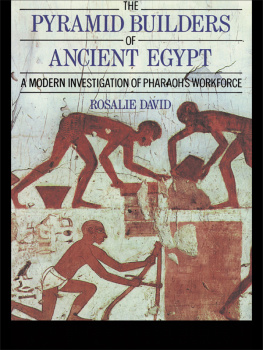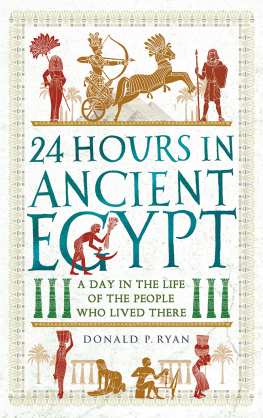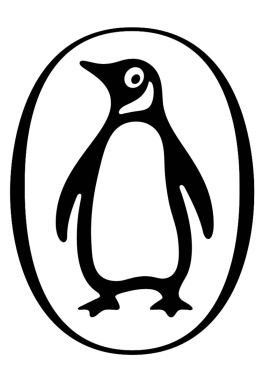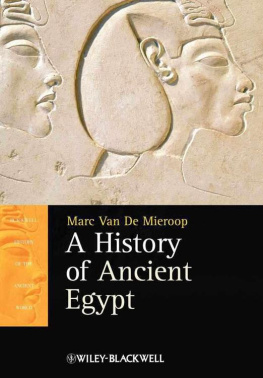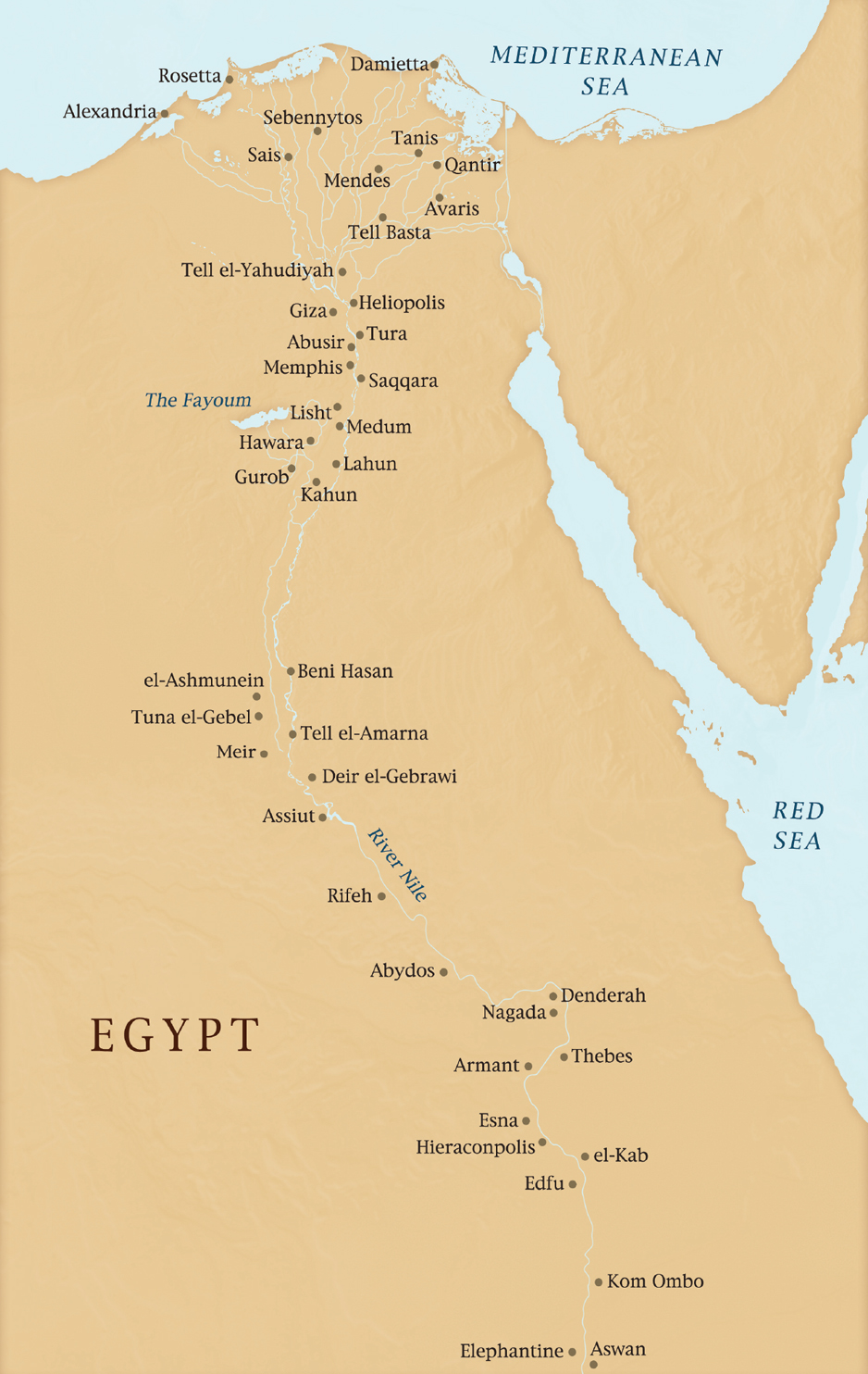
First published in Great Britain in 2015 by
PEN & SWORD ARCHAEOLOGY
an imprint of
Pen and Sword Books Ltd
47 Church Street
Barnsley
South Yorkshire S70 2AS
Copyright Rosalie David, 2015
ISBN: 978 1 47382 239 9
EPUB ISBN: 978 1 47385 982 1
PRC ISBN: 978 1 47385 981 4
The right of Rosalie David to be identified as the
author of work has been asserted by her in accordance
with the Copyright, Designs and Patents Act 1988.
A CIP record for this book is available from the British Library
All rights reserved. No part of this book may be reproduced or
transmitted in any formor by any means, electronic or mechanical
including photocopying, recording or by any information
storage and retrieval system, without permission
from the Publisher in writing.
Printed and bound in England
by Replika Press Pvt. Ltd, India
Typeset in Times New Roman by
CHIC GRAPHICS
Pen & Sword Books Ltd incorporates the imprints of
Pen & Sword Archaeology, Atlas, Aviation, Battleground, Discovery,
Family History, History, Maritime, Military, Naval, Politics, Railways,
Select, Social History, Transport, True crime, Claymore Press,
Frontline Books, Leo Cooper, Praetorian Press, Remember When,
Seaforth Publishing and Wharncliffe.
For a complete list of Pen and Sword titles please contact
Pen and Sword Books Limited
47 Church Street, Barnsley, South Yorkshire, S70 2AS, England
E-mail:
Website: www.pen-and-sword.co.uk
Contents
Acknowledgements
I am very grateful to Pen and Sword Books, and particularly Eloise Hansen, for advice and support given throughout the production of this book. I would also like to thank the following individuals and institutions. For copyright permission to use various images: The Manchester Museum; The University of Manchester (including The John Rylands University of Manchester Library); and my husband, Antony, for all images not otherwise accredited. For practical help and advice in producing the manuscript I am again grateful to my husband, and to Cosmo Graphis Imaging Ltd of Altrincham. Finally, I should like to express my gratitude to Dr Campbell Price, Curator of Egypt and the Sudan at The Manchester Museum, for all his encouragement and support, and especially for contributing the Preface to this book.
Rosalie David
Manchester
Preface
We have a seemingly endless fascination with the lives of the ancient Egyptians. Although it is the elite the pharaoh, royal family, and powerful officials that captivate most popular interest, the more humble daily existence of the majority of the Egyptian population exerts its own special appeal. Despite the modem tendency to focus on celebrity lifestyles, museum visitors frequently express an interest in knowing what their own lives would have been like had they been bom in the time of the pharaohs.
We are uniquely privileged to have so many sources with which to get to know the inhabitants of the ancient Nile valley. Few other ancient civilizations preserve such a wealth of objects, written records or depictions of life as they hoped it would continue for eternity. From the priestly statue-owner, who buys his right to an offering service with a donation to the temple, to the charioteer who left a boastful account of his bravery in the kings service, we are afforded bright but fleeting glimpses into everyday activities. Of course, the Egyptians did not act with future Egyptologists in mind although I suspect that they would be touched to know of our abiding interest in them. The picture we have of life and even expectations after death is partial. We must use our imagination albeit informed by familiarity with other, relevant sources to fill in the gaps, but it is always tempting to imagine ancient Egypt as it was experienced by its inhabitants.
The Manchester Museum, home to one of Europes most significant Egyptology collections, contains a unique series of objects that give a special perspective into day-to-day life. These derive principally from the excavations of the Father of Egyptian Archaeology, William Matthew Flinders Petrie (18531942), at the site of the pyramid builders town of Kahun and the royal harem palace at Gurob. Unlike the majority of items in museums, which come from tombs and temples, these objects were for the most part not deliberately deposited and therefore give an incidental insight into everyday activities and concerns.
Professor Rosalie David knows this material better than most, having been Keeper of Egyptology at the Museum for thirty years. Her deep familiarity with the country of Egypt has helped the author produce an authentic feel for life on the banks of the Nile so long ago, perhaps not so very different from rural parts of Egypt today. By arranging her narrative around the three seasons of the Egyptian year, Rosalie adopts a framework that would have governed most ancient Egyptian life and in doing so, with typically lucid style, imparts a great deal of information derived from preserved sources.
Rosalie has chosen several names for her dramatis personae that belong to mummies in Manchester. Her own ground-breaking work on the mummies has brought them to life through the lens of modem science, yielding insights into ancient diet, disease and lifestyle. It is therefore appropriate that the names of some of the mummies have been used in an imagined setting here for, according to the ancient funerary wish, remembering the name of the deceased enables them to live again.
Campbell Price
(Dr Campbell Price, Curator of Ancient Egypt and the Sudan, Manchester Museum, The University of Manchester)
Introduction
Tne Historical and Geographical Setting
Geographical Factors
The civilization of ancient Egypt was created by the countrys geography and climate. The resultant agriculture influenced the form and development of the calendar, which was divided into three seasons: Inundation, Planting and Harvesting. This book will consider the daily life and activities of various social classes royalty, nobility, officials, craftsmen and peasants within the framework of this agricultural pattern.
A glance at a map of modem Egypt will show that, as in antiquity, most of the country is desert, but the Delta (the inverted triangle where the Nile meets the Mediterranean), the Nile Valley, and the scattered oases in the Western Desert are fertile. Over millennia, this landscape has been created by the actions of Egypts great river, the Nile, for although the country has a negligible rainfall, these fertile areas have come into existence because of the phenomenon of the rivers inundation. Indeed, no other civilization has ever been so dependent on the regular occurrence of one natural event.
The Niles course within Egypt covers a distance of some 600 miles between Aswan in the south and the Delta, where its two main branches enter the Mediterranean through the towns of Rosetta in the west and Damietta in the east. However, this great river the longest in Africa starts its journey far to the south of Egypt, three degrees south of the Equator in the region of the Great Lakes.
Until recent years, the natural effects of the inundation were experienced throughout Egypt. However, since the nineteenth century CE, a series of dams has been constructed across the river at various points (the most famous is the High Dam at Aswan), and these now allow the volume of water to be held back and subsequently released through a network of canals, as required for irrigation and other purposes. Behind the Aswan High Dam, the retained water has created Lake Nasser.
Next page
